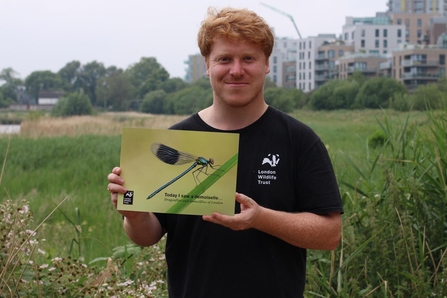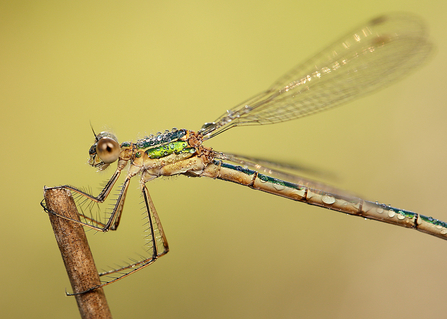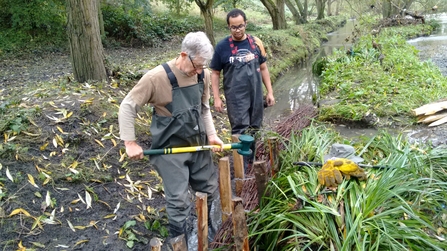
Credit: Tom Bellamy
London Wildlife Trust are delighted to publish the very first guide to the dragonflies of London, following four years of extensive surveys carried out by staff and trained volunteers.
‘Today I saw a demoiselle… Dragonflies and damselflies of London’ celebrates and marks the completion of Water for Wildlife, a project which improved several important sites for dragonflies and damselflies in the city.
The guide introduces these magnificent but under-appreciated insects, complete with fascinating information on their life cycle and ecology. 23 species of damselflies and dragonflies (or Odonata as they are called collectively) known to be present in London are explored in the book.
These include willow emerald damselfly, beautiful demoiselle, emperor dragonfly, and migrant hawker. While many can be found in parks and gardens across the city, the guide highlights some of the best sites in London to spot dragonflies, such as Wanstead Flats, Woodberry Wetlands, Keston Common and Richmond Park.


